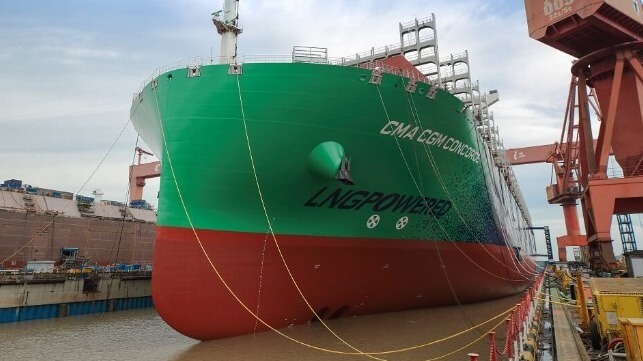China Aims to Dominate the "Green" Shipbuilding Market

China's industrial and economic regulators have issued a new seven-year plan to dominate the "green" shipbuilding market, building on Chinese dominance in the conventional shipbuilding market.
Chinese yards build half the world's merchant tonnage, about 38 million dwt per year, and the sector has been growing rapidly. According to China's Ministry of Industry and Information Technology and the powerful National Development and Reform Commission - the government's economic planning agency - cleaner shipbuilding is an "inevitable" way forward for the industry's further development.
By 2025, MIIT wants to see Chinese industry develop better supply-chain solutions for green shipbuilding; secure a faster pace of adoption for alternative fuel ships; and achieve a 50 percent share of the global market for LNG and methanol-fueled newbuilds. MIIT also wants to accelerate R&D on methanol and ammonia-powered propulsion, liquid hydrogen carriers, and the development of fuel cell power and other novel options.
The agency also wants China's shipbuilders to cut their carbon emissions intensity and their energy intensity. It wants to set up a carbon-management and green supply chain management system, and to encourage more digitalization in the shipyard workflow (a major source of efficiency gains). Since all of these improvements take money, MIIT called for more support for green shipbuilding from financial institutions.

that matters most
Get the latest maritime news delivered to your inbox daily.
At the back end of ship lifecycle, MIIT wants to promote industrialized shipbreaking in drydock and slipway facilities, once a Chinese specialty. The most popular and lucrative alternative, beaching, should be "strictly prohibited," MIIT said.
Alternative-fueled merchant ships currently account for about one percent of the world's global fleet, according to BIMCO, but this number is expected to increase as more methanol and LNG-powered vessels enter operation. This will be big business for shipyards: about a third of the current orderbook and more than 40 percent of deadweight capacity in the global orderbook is dual-fuel capable or ready.
